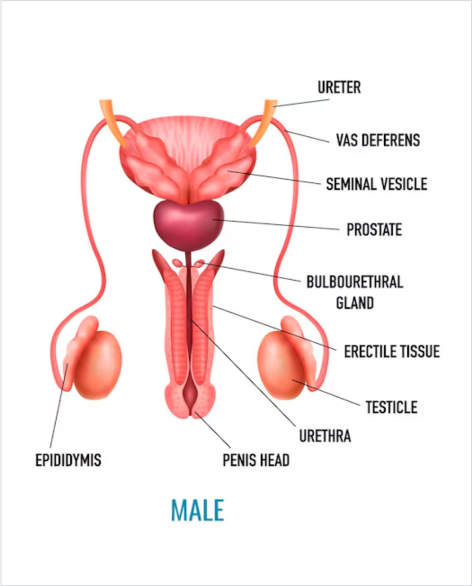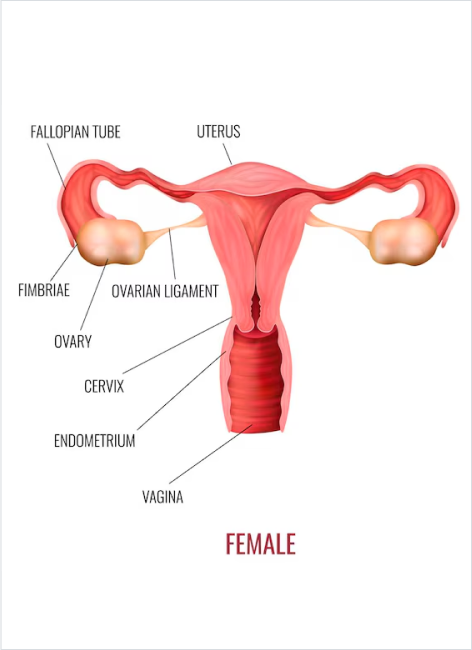Discover the wonders of the human body, from anatomy and development to sexual identity.
Both male and female have reproductive organs that are unique to them, and understanding the roles and functions of these organs will help you to:
The reproductive organs are generally classified into two groups—the external genitalia, i.e., reproductive organs that extend outside the body, and the internal genitalia, i.e., reproductive organs that are within the body. It is natural and okay for you to be curious about your body, including your genitals. Find a trusted adult👴 around you to ask questions about the growth and developmental changes happening in your body. There are chemical messengers secreted by some glands in your body called hormones that play important roles in the proper development and functioning of your body organs. Both males and females secrete these hormones, but the reproductive hormones secreted in both sexes are different and unique to them.
The male reproductive system has different organs responsible for the process of reproduction through the production and release of sperm (ejaculation) and the process of urination.
The external genitalia include:

The female reproductive system has different organs that are responsible for reproduction, menstruation, and sexual activities. The external genitalia include:

It is important to note that the male and female bodies change overtime, and this can affect their reproductive and sexual capacities and functions, e.g., while the male is continuously fertile from puberty onward, the female is mostly fertile during the ovulatory phase of her menstrual cycle.
Also, have you ever wondered the difference between the words ‘sex” and ‘gender’? Well, Sex is the biological characteristic that differentiates human beings as males or females, and gender is used to describe the differences in the social roles expected from males or females by the society (culture, history, tradition, societal norms, and religion). For example, women can breastfeed babies, men cannot—it is a function of biological differences and is attributed to sex.
Little girls are gentle, boys are tough—is a function of social differences determined by social factors and is attributed to gender🧑👩.
We use cookies to improve your experience on our site. By using our site, you consent to cookies.
Manage your cookie preferences below:
Essential cookies enable basic functions and are necessary for the proper function of the website.
These cookies are needed for adding comments on this website.
Statistics cookies collect information anonymously. This information helps us understand how visitors use our website.
Google Analytics is a powerful tool that tracks and analyzes website traffic for informed marketing decisions.
Service URL: policies.google.com (opens in a new window)